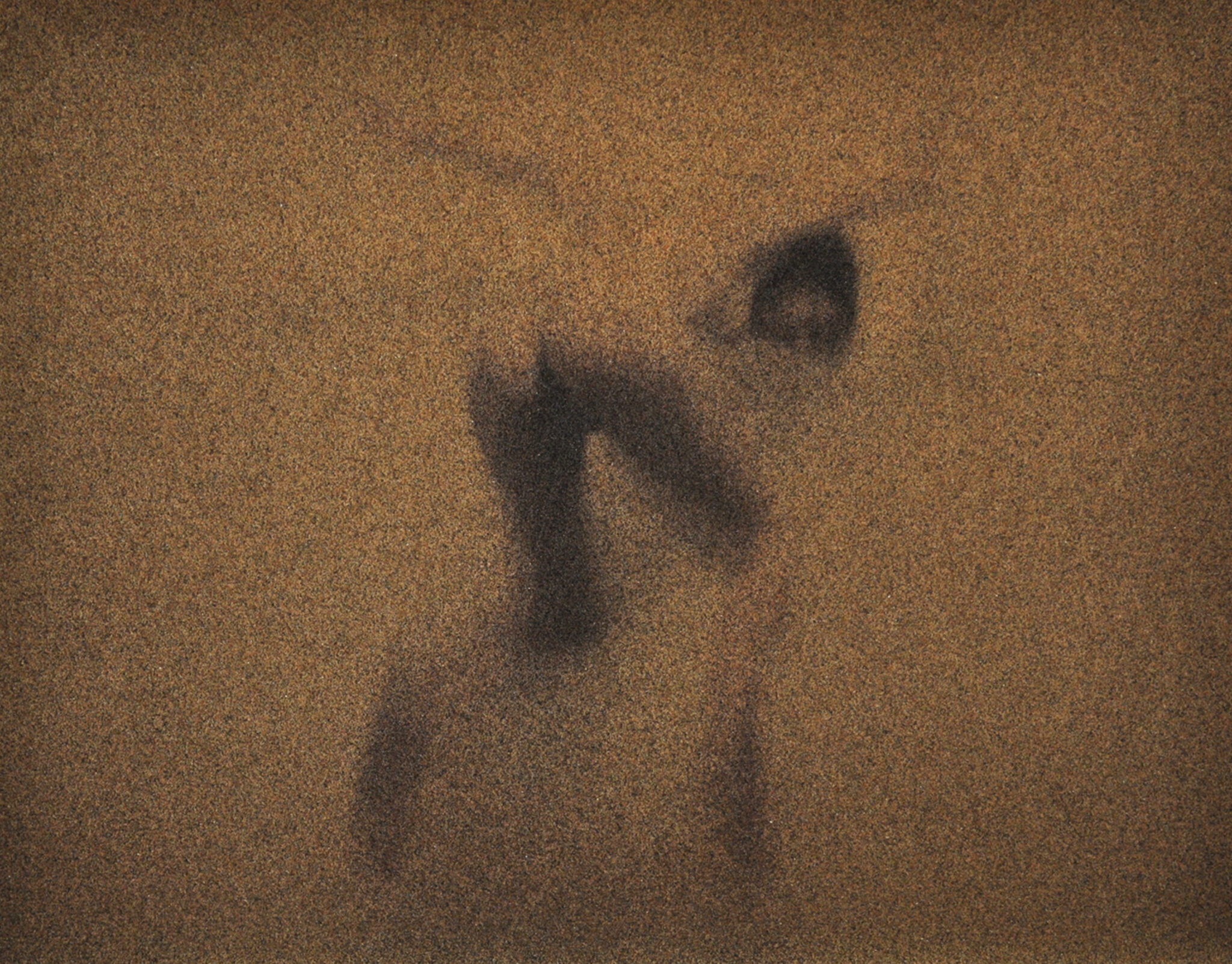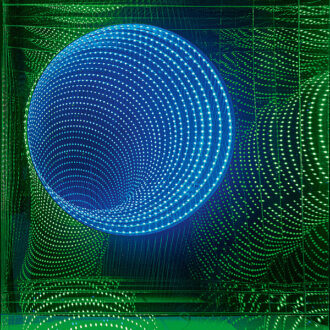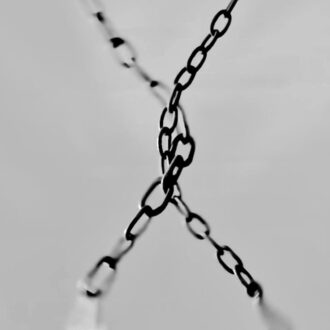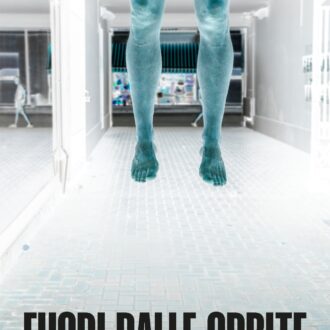Experimental Approaches in Styrian Photography
October 1 – November 21, 2025
Curators: Florian Koller, Gerhard Gross
Artists:
Peter Angerer, an.thon, Joerg Auzinger, Michael Bachhofer, Friedrich Becke, Heinrich Charusa, Helga Chibidziura, Lotta Dallermassl, Felix Damm, Beba Fink, Klaus-Dieter Hartl, Heribert Hirschmann, Gerrit Husung, Matthias Jäger, Anna Jocham, Christian KRI Kammerhofer, Erich Kees, Helmuth Kiegerl, Bernhard Kipperer, Viktoria Körbler, Mara Koschar, Walter Köstenbauer, David Kranzelbinder, Elisabeth Kraus, Elena Laaha, Kristina Lagger, Evelyn Loschy, Gavin Lyons, Klaus Mähring, Lisa Maier, Horst Marnaus, Mirko Marić, Norbert Meister, Joachim Mörth, Yola Moschitz
Opening: October 1, 2025, 6:30 PM
Venue: Fotogalerie im Rathaus, Graz
Main entrance: Hauptplatz 1, 8010 Graz
Beyond conventional notions of aesthetics, there is a visual world to be discovered where the focus shifts away from the subject matter and toward photographic material, technical processes, or image data. The photographic process from capture to final image is, at best, a straightforward path. Detours, errors, disturbances, and chance—whether in analog, traditional photographic techniques or within the digital realm—can give rise to diverse variations of abstract or concrete photography. These approaches capture chemical and optical phenomena, with or without a camera, explore the boundaries of light interacting with light-sensitive materials, or involve the manipulation of image sensors.
Styrian photography pioneer Erich Kees was influenced by subjective photography (Otto Steinert) as early as the 1950s, setting important impulses for a budding and progressive Styrian photo scene. The Cultural Mediation Styria (Kulturvermittlung Steiermark) holds in its archives the photographic collections of Erich Kees and Elisabeth Kraus, comprising around 15,000 original prints—an important documentation of early photographic work in Styria. These archives include outstanding examples of experimental photography by both renowned and lesser-known authors.
This two-part exhibition presents a wide range of approaches from this specialized field of photography—from the 1950s to the present—through a dialogue between contemporary works and historical examples from the archive.




